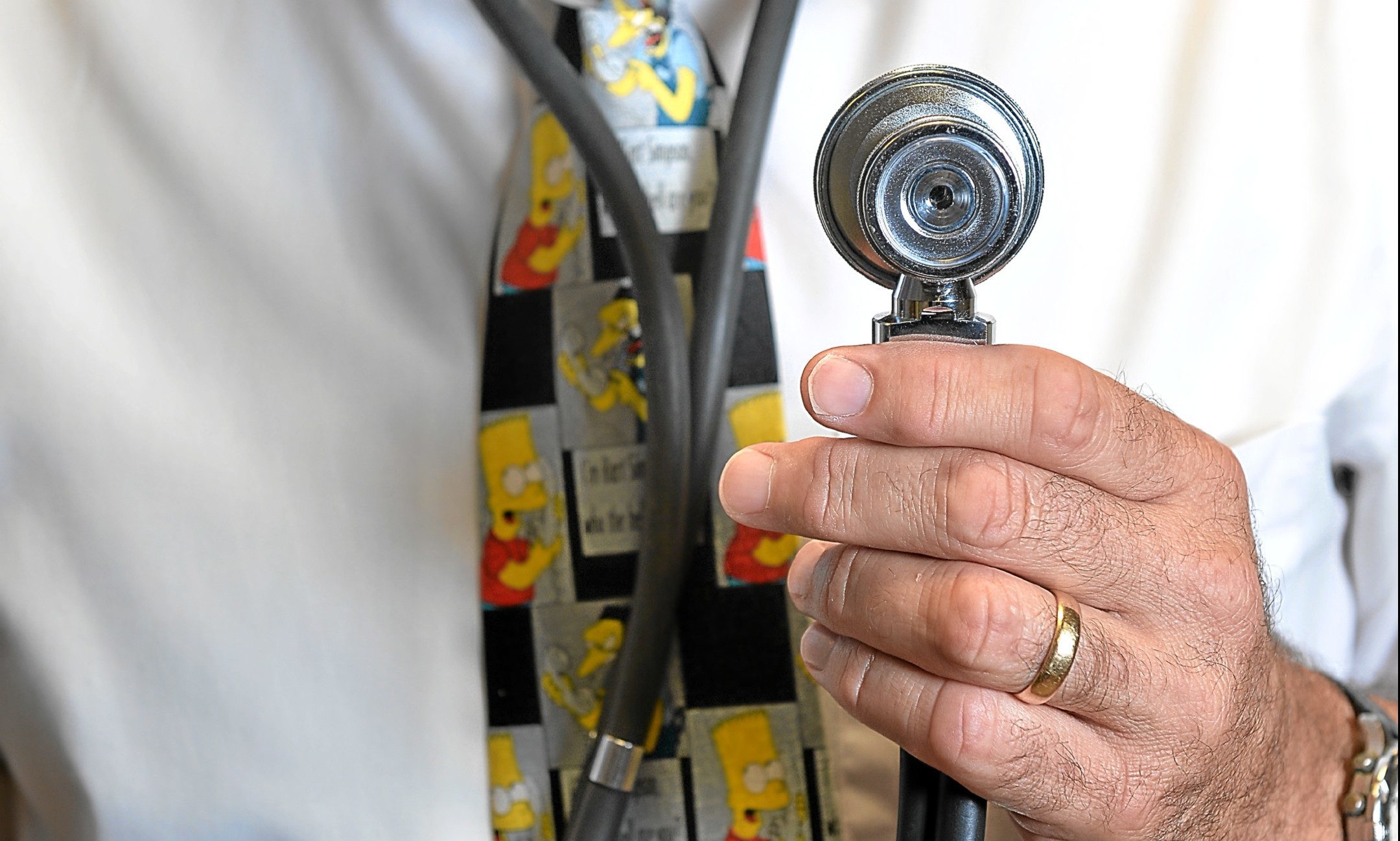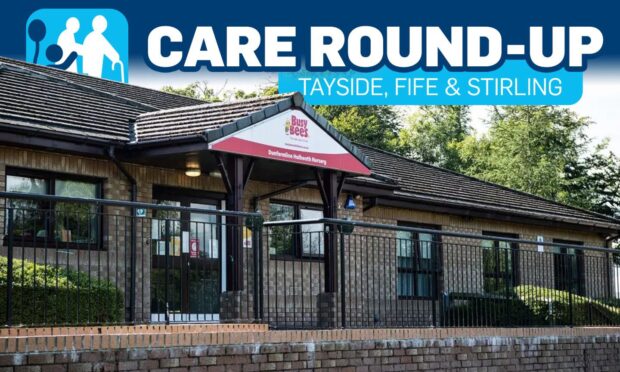Sickness absence within Fife Council last year cost taxpayers a staggering £16 million, a new report has revealed.
Figures for 2016/17 revealed sickness levels in the local authority have slowly increased to 10.18 working days lost a year, per full-time equivalent post.
The report also reveals two thirds of working days lost were due to long-term absence, 28% were because of musculoskeletal issues, and just under a fifth were because of stress.
Barbara Cooper, human resources service manager, said Fife Council’s anticipated absence levels for 2017/18 are still being checked but admitted an improvement is “unlikely”.
However, she also noted informal discussions had taken place with colleagues from other councils which suggested their absence rates are similarly on the rise, with none expecting reductions.
She said: “Absence levels within the council remain a challenge for all line managers as the organisation goes through this extended period of change.
“The policy and procedural framework are sound so work is in progress, both corporately and within services, to focus on different ways to support employees to stay at work or return to work as early as possible.”
Councillors heard how the Accounts Commission’s Best Value assurance report published last month supported the local authority’s current approach to try to address the problem, highlighting training to better equip managers with the skills and confidence to support individuals, manage behaviours and deal with sensitive issues such as mental health.
They also heard that human resources staff have been working with all directorates to try to improve attendance and “conclude the most complex attendance cases”.
However, a report to committee also acknowledged that the level of culture change required in the organisation “will take time and will need investment”.
The report state: “As well as the investment in improving manager skills, a number of additional options are being looked at including re-profiling access to counselling support, allowing employee self-referral; developing a network of trained mental health first-aiders to facilitate responses to mental health crises in the workplace; introducing a customised return to work to provide a more tailored approach to certain medical conditions; working with teams across the council to increase physical health activity and initiate better physical health habits; and introducing a nurse triage in ‘hot spot’ areas to provide initial health advice to employees reporting that they are absent.”










